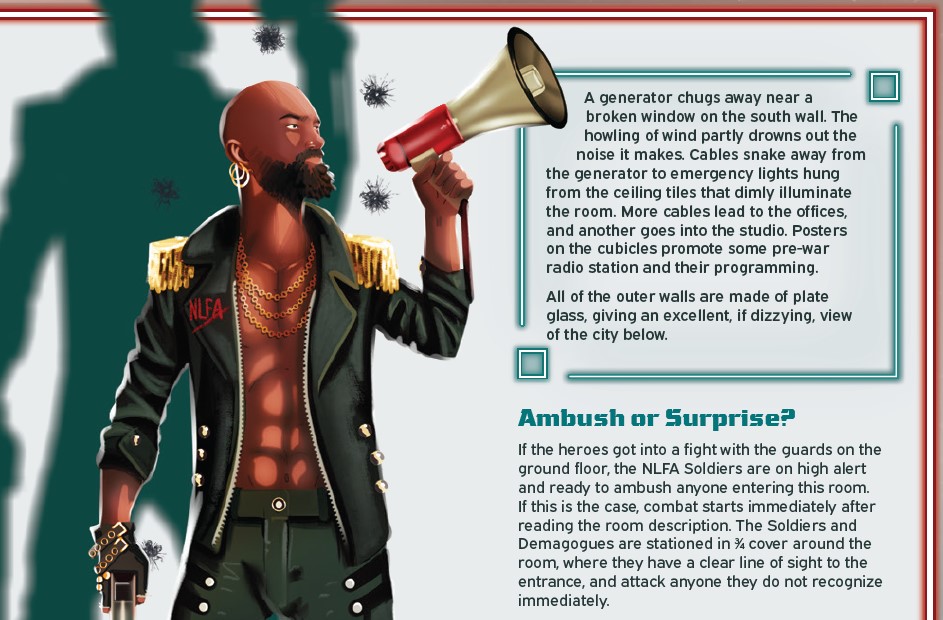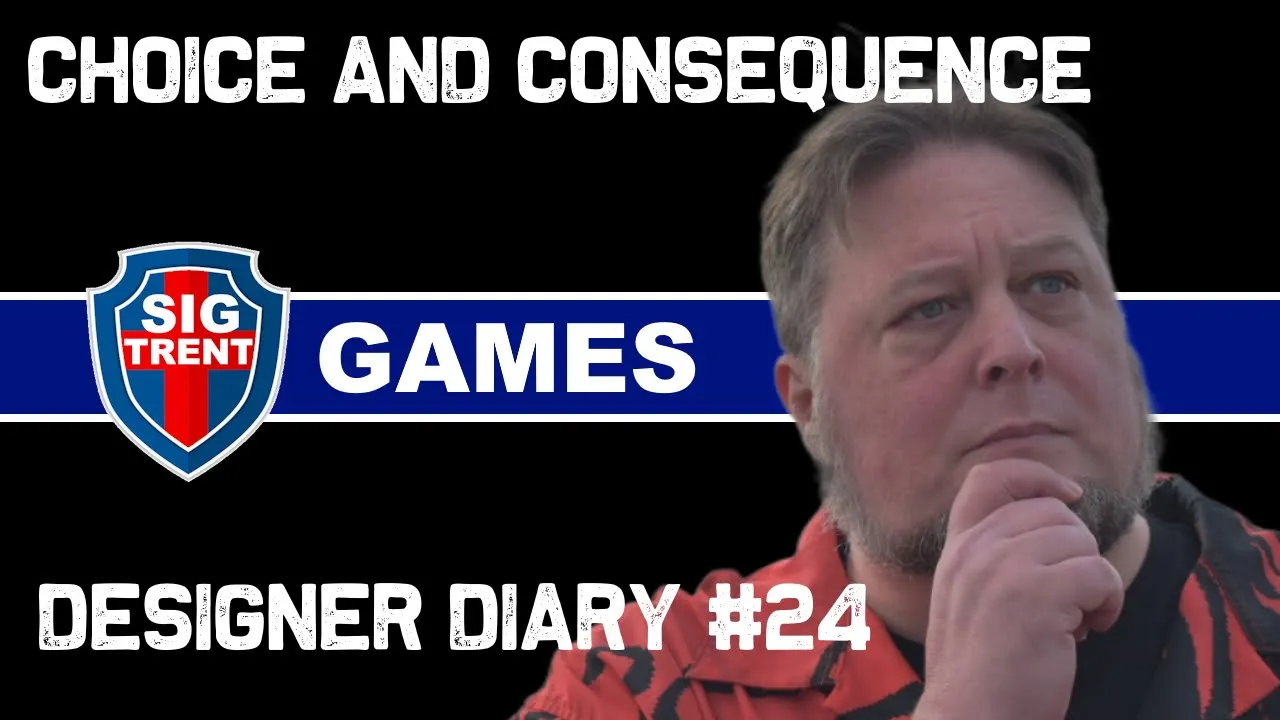
Adventure Writing: Player Agency Part 1
Player Agency is a key topic for Adventure Writers. By default, Players are in charge of who their characters are, what they do, what they think, and how they feel. Adventure writers should be mindful not to take away this agency unless it is essential for the adventure and no other stratagem will work. This makes writing an adventure very different than writing a screenplay or written story. In those situations, a writer decides what the main characters do, think, and feel. In an RPG adventure, the main characters of the story belong to the players and the writer doesn’t know who they are, how they think, or what they will do.
One of the most common places we find this issue is in read-aloud text.
Narrating in Read-Aloud Text
“As you burst into the room, you see a sight that shakes you to your very core, a disfigured body lies on a bloodstained altar surrounded by hooded figures chanting rhythmically. You instinctively draw your weapons and move to attack!”
The above description is pretty typical of read aloud text in that it uses second person voice to paint an image for the players. Most GMs and most Writers use this voice and style. It’s a good technique to create immersion and feels natural in most cases. The problem is that it tends to encourage the writer to narrate player actions. Since “You” is the subject of the narrative, there is an instinct to describe what “You” is doing, feeling, and thinking in the narrative. In this case, there are three elements eroding player agency.
- The characters are bursting into a room. While that might be something dramatic the writer imagines happening, the players might want to sneak into the room, or peek into the room, or teleport into the room, or any number of things other than breaking in.
- The characters are shaken to their core. Maybe one of the characters is a necromancer or mortician and this is the least horrifying thing they have seen today. Maybe they are an emotionless automaton. Maybe they are a sadist and enjoy things like this. You don’t know because you don’t know who the characters are when you write the story.
- The characters draw their weapons and attack. This is the most direct violation of the bunch, and honestly the lest common. Most role playing adventures focus on problem solving and there are usually many ways to resolve most problems. The characters may be the sort that ask questions before engaging in combat, or they may be sneaky types, or they might want to run away. Those are their decisions to make even if you intend this encounter to be a combat.
So, how do you solve these kinds of issues without violating player agency? You just need to limit yourself to what can be seen, heard, felt, etc… and use general descriptive terms in place of emotional responses.
“In this room is a disturbing scene. A disfigured body lies on a bloodstained altar surrounded by hooded figures chanting rhythmically.”
Now it is up to the Game Master to handle how the players get into the room and what the players decide to do about what they see and hear. The magic of Game Masters is that they can adapt to the wide range of possible actions the players take and adjust events so that the story keeps moving. You can help them by giving GM instructions and suggestions. In this scene, you might note that the cultists around the alter will attack the characters as soon as they are aware of them. That way you greatly increase the chances that this is indeed going to be a fight if that is important for the story or mood. You can say the scene is disturbing (to an average viewer), but you don’t have to say the players are specifically disturbed by it, they get to role play their reaction.
I don’t want to say that you must drop second person narration, it’s just that when you protect player agency, but you will find it is often superfluous if you guard player agency. It can still be a nice device for immersion, so you could write it like this.
“You look into the room and witness a disturbing scene. A disfigured body lies on a bloodstained altar surrounded by hooded figures. You can hear them chanting rhythmically to their dark god.”
Here you are only describing what their senses can discern about the environment which is a largely passive act. Of course, a blind or deaf character might not see or hear these things, but players can extrapolate an able bodied description to suit their character’s capabilities. Whether you use second person or not is your choice, but you should be consistent about it.
Ultimately, read aloud text sets the stage for adventures and provides guidance for the GM. By carefully respecting player agency here, a designer will remind themselves, the GM, and the players that the player characters are the stars of the story and set the stage for the meatier considerations to come.
Up Next
In the next article we are going to look at the meat of any adventure, the challenges the players will face. This is where the dreaded “railroad” effect comes into play and where player agency is perhaps most critical and challenging to ensure.



